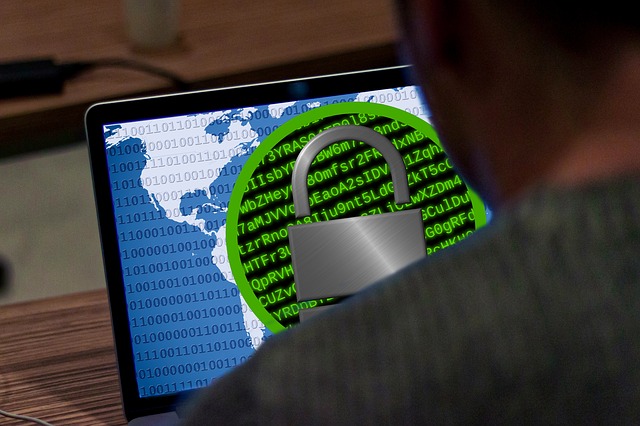WannCry ransomware has infected over 200,000 computer up till now. Just like any other ransomware, WannaCry locked down the infected computers and put a note on the screen demanding a given amount of cash to release the computer from the encryption.
Unfortunately, these attacks did not end with the last incident. The frequency of attacks will only escalate going forward. Therefore it is important to look for ways to protect yourself. Here are some ways to protect yourself from the next attack.
 6 – Be careful with emails that you receive
According to Datto, about 46 percent of the WannaCry attacks came from phishing emails. Never open emails from people you have not made contact with before scanning them with antivirus software for malware. Scan all emails even those that look legit. Moreover, hesitate from implementing the Reset ID and password instructions.
5- Get complex passwords to stop Ransomware
Do not create simple passwords that are easy to crack. Complex passwords are better at protecting data. Moreover, change your passwords completely every few months to keep any possible leaks at bay. There are several software programs that can help you generate complex passwords and manage them.
4- Update your Windows regularly
Both WannaCry and Petya used the vulnerabilities found in the Windows systems that had not been updated. New patches are released from time to time to ensure that the holes through which the hackers gain access to the computer are sealed. For Windows 7, XP, Vista, and 8, you have to select how the updates were to be installed. However, for Windows 10, updates will install automatically.
3- Take social media security seriously
Your computer can be attacked by loopholes in your social media accounts. Keep your personal biodata private and only share vital personal information with people you know.
In your biodata, avoid sharing so much personal information. Hackers can make use of your phone numbers, birth days and addresses from there to track you down and hack into your computer.
2- Block threats from portable media
Have tools in place to scan data from the USB drives and other removable storage. This prevents infection from being transmitted from one computer to the other.
 1- Work on the storage server
Improve on the proxy, IPS, and storage server to protect them against attacks. By getting access to the server, hackers can infect a whole lot of computers in an organization. You should also keep your server apps, tools and software updated.
Here is a Microsoft Security link you should also check out;









[…] not patch all their systems to prevent the attack. It is believed that the malware exploited the vulnerability of Windows Server Message Block (SMB) via networking protocol to spread through the […]
Companies need to get serious about ransom ware otherwise everyone will be badly effected. That\’s why i read new attack every week